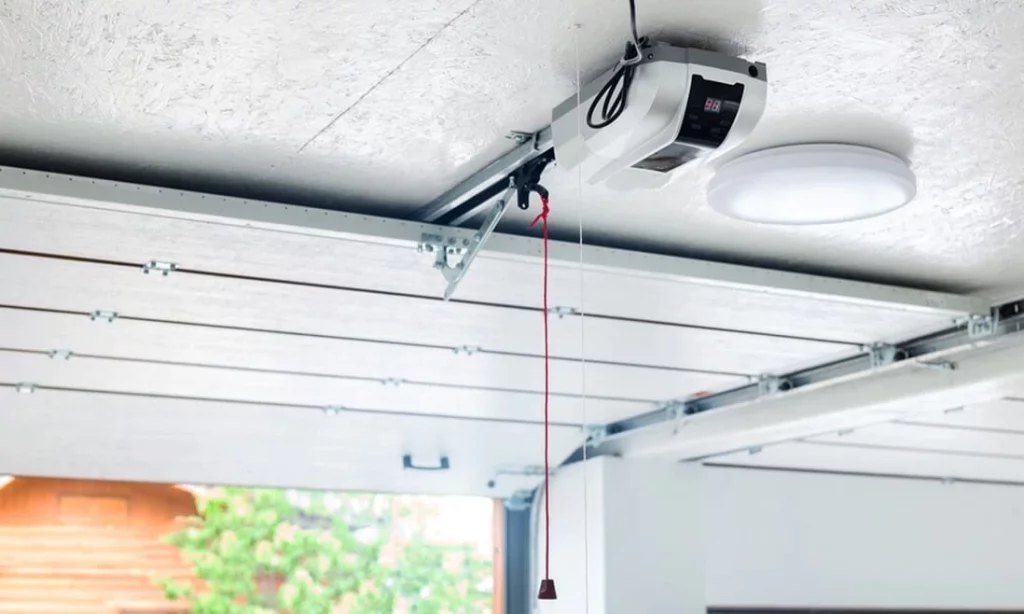Have you ever stopped to ponder the inner workings of your garage door opener? Understanding how garage door openers work is key to appreciating the convenience and security they provide in your daily life. In this comprehensive article, we’ll delve into the mechanics of garage door opener technology, exploring how these devices operate to effortlessly open and close your garage door with just the push of a button.

Demystifying How Does Garage Door Opener Work
The Basics of Operation
At its core, a garage door opener is a motorized device designed to automate the process of opening and closing a garage door. The opener is typically installed above the garage door and connected to the door itself via a system of tracks, pulleys, and springs.
Components of a Garage Door Opener
- Motor: The heart of the garage door opener is its motor, which provides the power necessary to lift and lower the garage door. The motor is typically housed within a casing mounted to the ceiling of the garage.
- Drive Mechanism: The motor is connected to a drive mechanism, which translates the rotational motion of the motor into linear motion to open and close the garage door. Common drive mechanisms include chain drives, belt drives, and screw drives.
- Remote Control System: Garage door openers are equipped with remote control systems that allow users to operate the opener from a distance. These systems typically consist of a handheld remote control transmitter and a receiver unit installed in the garage door opener.
Read too: The Complete Guide to Tighten Chain On Garage Door Opener for Smooth Operation
How Does Garage Door Opener Work: The Process
- Activation: When you press the button on your garage door opener remote control or wall-mounted keypad, a signal is sent to the receiver unit in the opener, triggering the activation of the motor.
- Motor Rotation: The motor receives the signal and begins to rotate, generating torque that is transmitted to the drive mechanism. The type of drive mechanism determines how this rotational motion is converted into linear motion to move the garage door.
- Door Movement: As the drive mechanism operates, it engages with the garage door’s lifting mechanism, typically tracks, rollers, and cables. This interaction smoothly raises or lowers the garage door, depending on the motor rotation.
- Closing and Safety Features: Modern garage door openers are equipped with safety features such as infrared sensors and auto-reverse mechanisms to prevent accidents and damage. These sensors detect obstacles in the door’s path and automatically reverse its movement to avoid collisions.
Types of Garage Door Openers
Chain Drive Openers
- Chain drive openers utilize a metal chain to lift and lower the garage door. While they tend to be noisy, they are durable and suitable for heavy garage doors.
Belt Drive Openers
- Belt drive openers use a reinforced rubber belt to operate the garage door. They are quieter than chain drive openers and ideal for attached garages or living spaces above the garage.
Screw Drive Openers
- Screw drive openers feature a threaded steel rod that rotates to move the garage door. They offer smooth operation with minimal maintenance requirements.
Conclusion
Understanding how garage door openers work is essential for homeowners. By grasping the basic principles and components, you can optimize functionality and appreciate the convenience they offer in daily life.



Leave a Reply